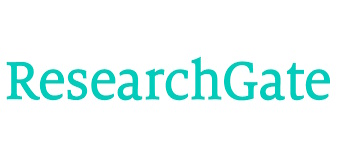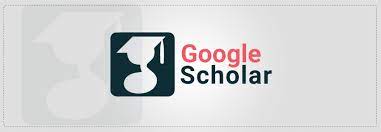The Effectiveness of Marital Enrichment Based on Choice Theory on Marital Relationship Beliefs of Married Women
Keywords:
Marital enrichment, choice theory, marital communication beliefsAbstract
The purpose of the present study was to determine the effectiveness of the marriage enrichment program based on the choice theory on the beliefs of women's marital relationships. The present research method was quasi-experimental with an experimental group, control and pre-test, and post-test design with a two-month follow-up. The statistical population of this research was the women referred to Mehravar counseling center in Tehran city, who had been referred to the counseling center in 2018. Twenty women were selected through purposive sampling and were randomly assigned to two experimental groups (10 women) and a control group (10 women). The experimental group received the weekly intervention in 8 sessions of 90 minutes. Both groups were evaluated in the three stages of pre-test, post-test, and follow-up using the Marital Relationship Beliefs Scale. The data was analyzed using the variance test of repeated measures. The results showed that the intervention of the marriage enrichment program based on the choice theory has a significant effect on communication beliefs (F=2.23, P=0.001), the destructiveness component of opposition (F=18.20, P=0.001), Spouse immutability component (F = 23.73, P = 0.001), mind reading expectancy component (F = 28.94, P = 0.001), sexual perfectionism component (F = 25.01, P = 0.001) and gender heterogeneity component (F=17.03, P=0.001). Based on the findings of this research, marriage enrichment based on choice theory is a useful method to reduce ineffective communication beliefs. Therefore, it is suggested to give importance to marriage enrichment programs to strengthen and strengthen the family foundation to prevent and improve the relationship in couples.
Downloads
Downloads
Published
Issue
Section
License
Copyright (c) 2021 Fereydoon Eslami, Kiumars Farahbakhsh, Hossein Salimi Bajestani (Author)

This work is licensed under a Creative Commons Attribution-NonCommercial 4.0 International License.










